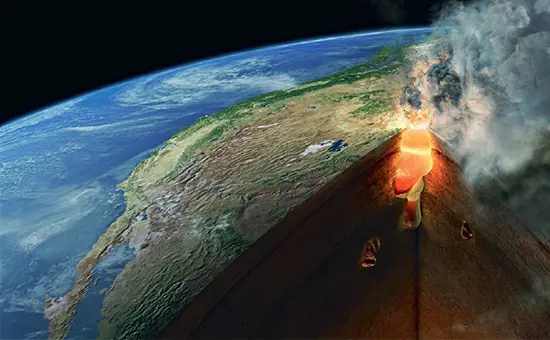The concept of supervolcanoes, with their colossal eruptions, transcends the imagination and strikes a chord of awe and apprehension. Rated at 8 on the Volcanic Explosivity Index (VEI), supervolcanoes are geological giants capable of ejecting over 250 cubic miles of material, dwarfing the impact of eruptions like Mount Tambora in 1815, which is rated at 7 on the VEI. These eruptions are not just larger in scale but have the potential to significantly alter Earth’s climate.
Among the known supervolcanoes, Yellowstone National Park in Wyoming, USA, stands out. This vast caldera, measuring approximately 34-by-45 miles, sits atop a mantle hotspot. Unlike the more familiar hotspot beneath Hawaii, Yellowstone’s is buried under a thick continental crust, leading to unique geothermal phenomena and a history of massive volcanic eruptions.
The last major eruption at Yellowstone occurred around 630,000 years ago, blanketing North America in ash and likely causing a global temperature drop. Despite its past activity, current scientific monitoring indicates no imminent eruption. However, given the potentially catastrophic impact of such an event, the region remains under vigilant scientific scrutiny for signs of seismic and other volcanic activities.

